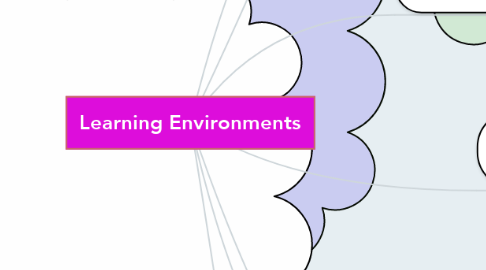
1. 1 Device / Interactive Whiteboard
1.1. Delivery of Content
1.1.1. Direct/Small Group Instruction
1.1.1.1. Google Slide Presentations
1.1.1.2. Educreation Lessons
1.1.1.3. YouTube Videos
1.1.1.4. Skype w/Guest Speakers
1.1.1.5. Newsela
1.1.2. Project Based Learning
1.2. Collaboration
1.2.1. Interactive Writing Activities
1.2.2. Small Group
1.2.2.1. Products
1.2.2.1.1. iMovies
1.2.2.1.2. Explain Everything
1.2.2.1.3. Keynote
1.2.2.1.4. Stop Motion
1.2.3. Curation
1.2.3.1. Webmix
1.3. Guided Practice/Gradual Release
1.3.1. Guided Reading/Learning Center
1.3.1.1. Read to Me eBooks
1.3.1.2. Khan Academy Lessons
1.3.1.3. Resource for Research
1.3.2. Homework worksheets
1.4. Re-teaching (Small group/One-on-One)
1.4.1. Voice Record
1.4.2. Educational Apps
1.4.3. YouTube Videos
1.4.4. Images
1.5. Assessment
1.5.1. paper print outs
1.6. Additional Resources
1.6.1. iSmartboard.com
1.6.2. 10 Ways to use 1 Computer
1.6.3. Common Sense Media-Best Learning Tools
2. No Computers in the Classroom
2.1. Collaboration
2.1.1. Products
2.1.1.1. Songs/Poems/Books
2.1.1.2. Posters
2.1.2. Peer Review
2.1.3. Literature Circles
2.2. Guided Practice/Gradual Release
2.2.1. Cooperative Groups
2.2.2. Learning Centers
2.2.3. Homework
2.2.4. Hands-on Activities
2.2.4.1. Art Materials
2.2.4.2. Manipulatives
2.3. Delivery of Content
2.3.1. Realia
2.3.2. Guest Speakers
2.3.3. Field Trips
2.3.4. Project Based Learning
2.3.5. Guided Reading Groups
2.3.6. DVDs
2.3.7. Periodicals/Books/Brochures
2.4. Assessment
2.4.1. Scantron
2.4.2. Exit Tickets
2.4.3. Observations
2.4.4. Performance Tasks
2.4.5. Reflection
2.4.6. Teacher feedback
2.4.7. Rubrics
2.5. Re-Teaching (Small group/One-on-one)
2.5.1. One-on-one conferring
2.5.2. Manipulatives
2.5.3. Worksheets
2.5.4. Board/Card Games
2.5.5. Leveled Books/Articles
2.5.6. Supplementary Materials from Textbook
2.6. Additional resources
3. Computer Stations/ Computer Lab
3.1. Delivery of Content
3.1.1. Google Classroom
3.1.2. Symbaloo webmix
3.2. Collaboration
3.2.1. Google drive
3.2.2. Powtoon
3.2.3. VoiceThread
3.3. Guided Practice/Gradual Release
3.3.1. iReady lessons
3.3.2. Khan Academy lessons
3.3.3. Interactive websites
3.3.4. Games
3.4. Re-teaching (Small group/One-on-one)
3.4.1. 1 group at computer station/rest of class at desks
3.4.1.1. Youtube videos
3.4.1.2. Newsela
3.4.1.3. Interactive websites
3.4.2. 1 pull out group/rest of class on computers
3.5. Assessments
3.5.1. projects
3.5.2. reflections
3.5.3. rubrics
4. Multiple Devices/24 hr Access
4.1. Delivery of Content
4.1.1. Learning Management System
4.2. Collaboration
4.2.1. Shared documents/projects
4.3. Guided Practice/Gradual Release
4.3.1. Web tools
4.4. Re-teaching/One-on-one
4.4.1. online teacher/peer feedback
4.5. Assessment
4.5.1. projects
4.5.2. reflections
4.5.3. rubrics
